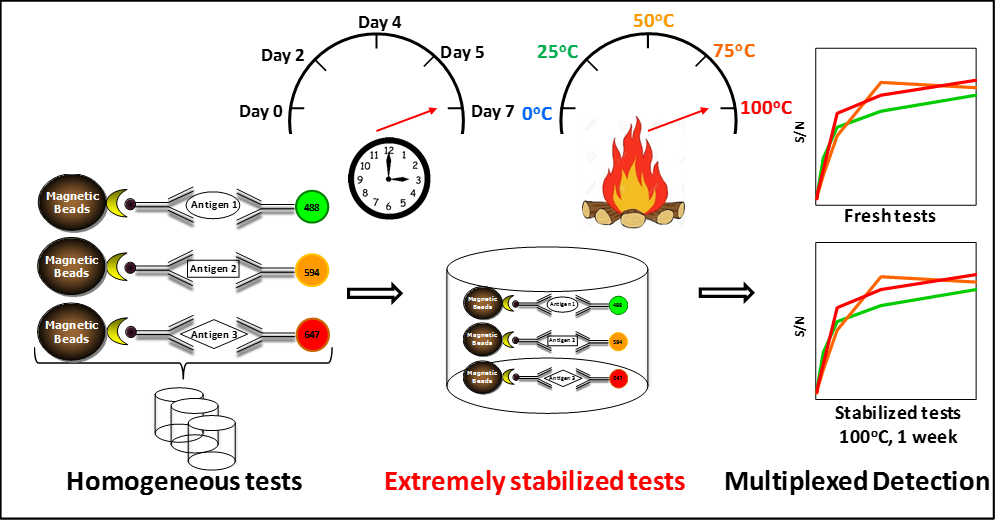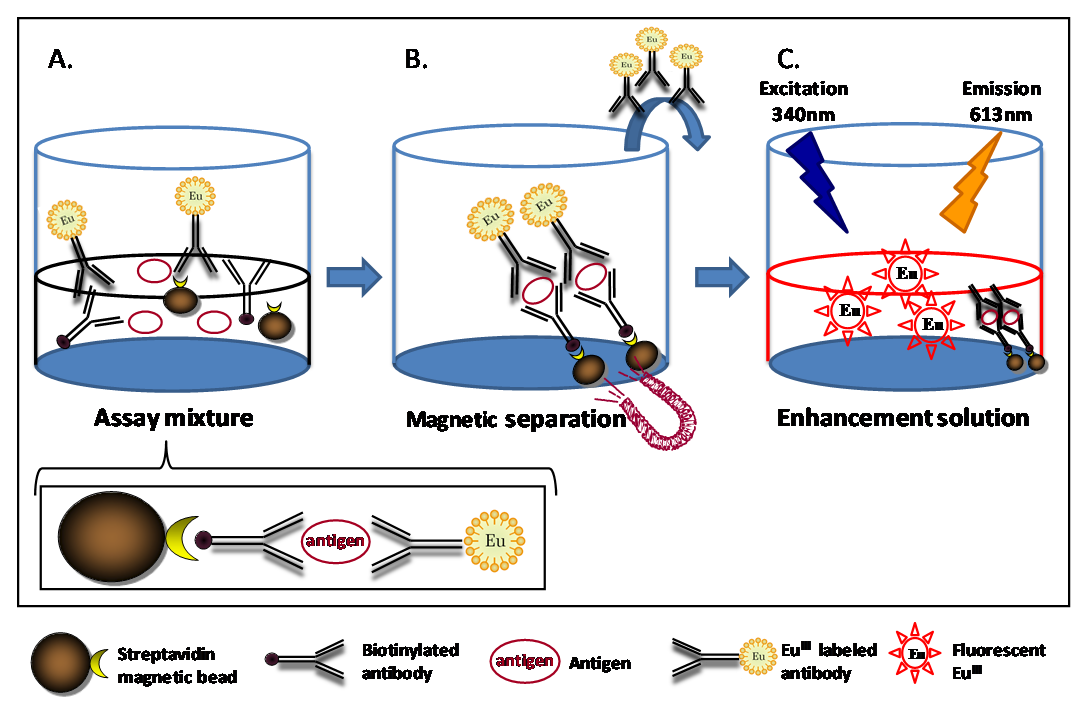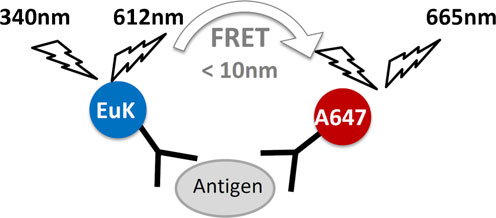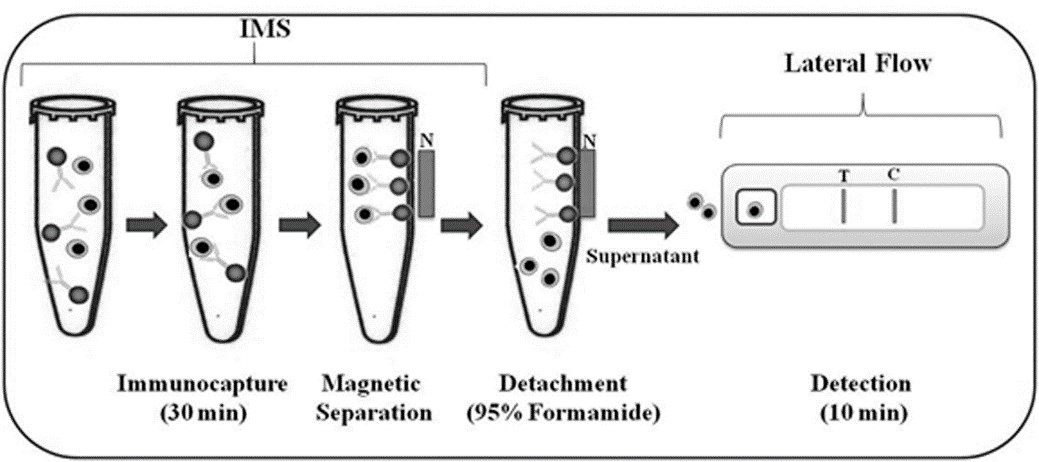Immune-based detection and identification at IIBR is achieved through the development of highly sensitive, rapid, accurate and robust antibody-based diagnostic systems for various bacterial and viral pathogens and toxins.
These assays are developed to the final product phase, including automation, multiplexing, long-term storage, stabilization and testing under extreme conditions.
For this aim, we are utilizing cutting-edge technologies as antibody microarray, lateral flow assays, Rapid Homogenous Time-Resolved Fluorescence and Multiplexed Magnetic Microsphere Immunoassays.
Our lab is unique in its ability to immuno-detect bio-threats rapidly from complex matrices including environmental, food and clinical samples. This Immuno-diagnostic ability is based on exclusive in-house development of monoclonal and polyclonal antibodies.
The lab is a one-stop-shop for all stages of study, from antigen identification, to antibody development and application in detection systems.

On-site immune detection of bio threat agents from environmental and food samples by highly stable lyophilized homogeneous bead-based multiplexed immunoassays

Schematic representation of a bead-based TRF assay. The assay consisted of A. A suspension of streptavidin coated magnetic beads and antigen specific antibodies, which were either biotinylated or coupled to Europium (EuIII).B. formation of a "sandwich" immunoassay linked to the magnetic beads (via the biotin-avidin interaction), Separation of unbound components using magnetic force and C. Re-suspension of the “sandwich” immunoassay in enhancement solution and signal determination.


Rapid Homogenous Time-Resolved Fluorescence (HTRF) immunoassay for Anthrax Detection

A Combined immunomagnetic seperation and lateral flow method for a sensitive on-site detection of Bacillus anthracis spores - assessment in water and dairy products